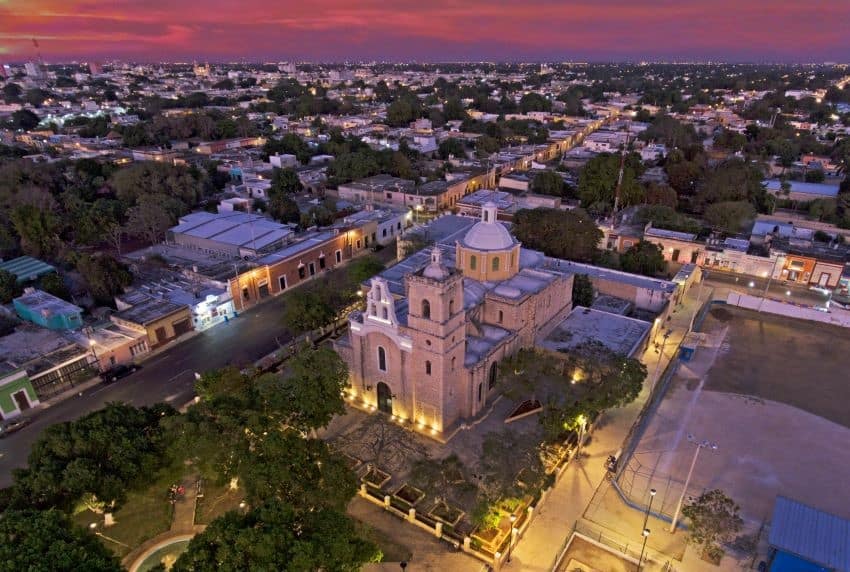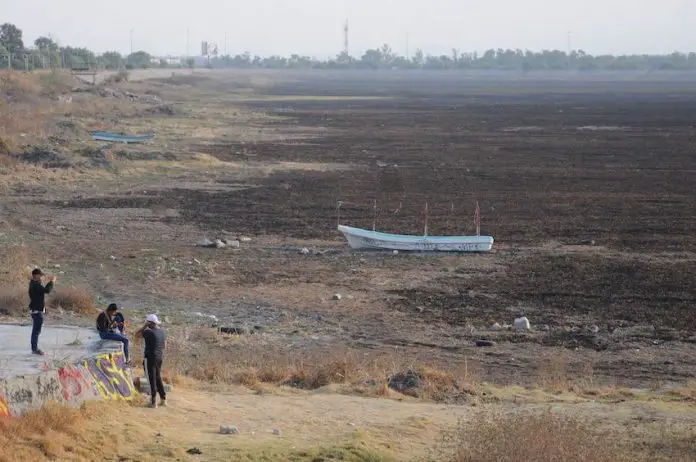Almost half of Mexican states will face severe water scarcity by 2030, according to projections by the Aqueduct Water Risk Atlas of the World Resources Institute (WRI).
The WRI, which identifies and assesses water-related risks globally, has identified that 14 out of the country’s 32 states are expected to experience extremely high water depletion, exceeding 80%, by 2030.

In assessing water availability for agricultural, domestic and industrial use, the WRI uses a rating scale from 0 to 5, with 0 representing low water stress and 5 indicating extremely high stress.
Based on those indicators, the following states are projected to have extremely high water depletion: Aguascalientes, Coahuila, Colima, Chihuahua, Durango, Guanajuato, Hidalgo, Morelos, Querétaro, San Luis Potosí, Sinaloa, Sonora and Zacatecas.
Additionally, six states — Jalisco, México state, Michoacán, Puebla, Tamaulipas and Tlaxcala — are expected to experience high water depletion, ranging between 40% and 80%, while Nuevo León could reach a medium-high level of depletion, between 20% and 40%.
Meanwhile, Campeche, Quintana Roo, Veracruz and Yucatán got a positive forecast compared to the rest of the country: they’re expected to reach a level of water exhaustion between 10 and 20%, categorized as medium-low. These states are followed by Chiapas, Guerrero, Nayarit, Oaxaca and Tabasco, which are projected to have a water exhaustion percentage below 10%.
Baja California Sur may face the most severe drought conditions by 2030, followed by Mexico City.
The WRI states that this measurement reflects the connection between total water usage and accessible renewable water sources. The organization notes that higher percentages indicate a more significant strain on local water resources and reduced availability for users.

“Living with this level of water stress jeopardizes people’s lives, jobs, food and energy security,” the WRI said in its report.
According to the study, 1 billion people are expected to live with extremely high water stress worldwide by 2050. Regionally, Latin America is expected to see a 43% increase in water demand by 2050, making it the world’s second-highest demand region after sub-Saharan Africa.
By 2050, US $70 trillion in GDP, or 31% of projected global GDP in 2050, will be at risk of high water stress, up from $15 trillion in 2010. Just four countries — India, Mexico, Egypt, and Turkey — will account for over half of the exposed GDP in 2050. More than half of Mexico is experiencing drought conditions, according to the most recent data from the National Water Commission (Conagua).
Pablo Lazo, director of Urban Development and Accessibility for WRI Mexico, emphasized the urgent need to implement a change in public policies, raise social awareness about the value of water, and optimize irrigation systems in agriculture.
In an interview with the newspaper El Economista, Lazo warned that failure to do so will have serious consequences for water supply in the short and long term.
“Currently, all that’s being discussed is extraction and distribution, but no one is talking about the need for replenishment policies,” he said.
“What we need on the level of public policy and the regulatory framework is to be able to give operating agencies financing mechanisms so they can really modernize and invest in their infrastructure that can increase water recycling, be that through rainwater capture, gray water treatment or increased use in urban areas.”
With reports from El Informador and El Economista
